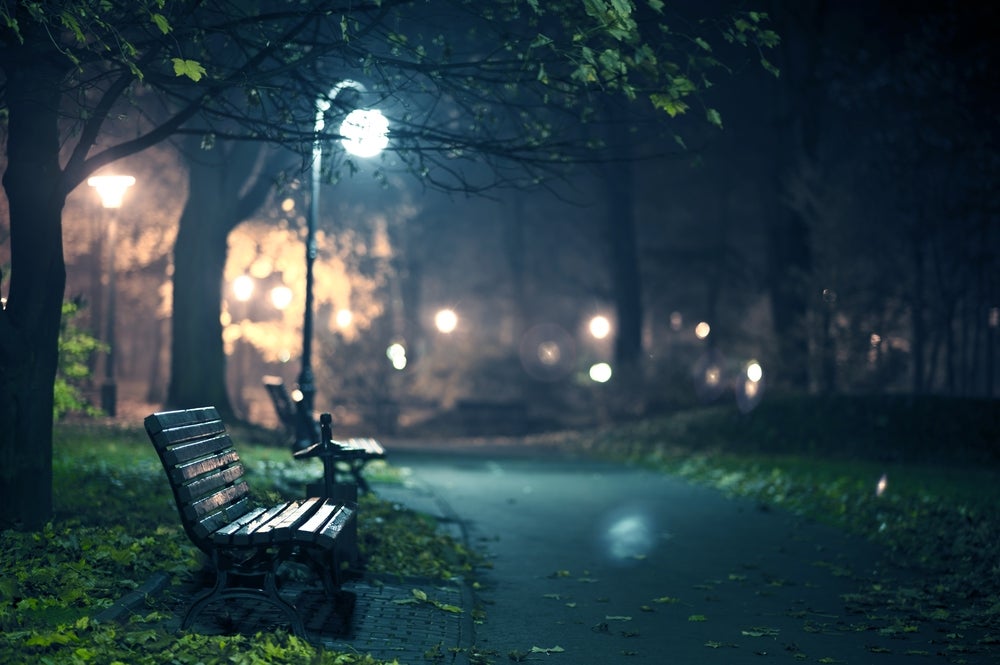When a evening stroll to the corner store or a neighbor’s house feels treacherous; when communities feel besieged by burglars, pickpockets, and muggers; it is tempting to call for stricter and more severe jail sentences. Locking up criminals, after all, gets them off the street. It is one reason why there has been a popular drive towards greater incarceration in Latin America and the Caribbean; why the penitentiary population of 17 countries in the region doubled between 2002-2014, substantially increasing the annual prison budget.
But what if simple changes in the environment could bring crime rates down? If something as simple as better street lighting could prevent the trauma of crime and its related costs? Charles Dickens, considered one of literature’s great crime writers, wrote about criminals operating “under cover of darkness,” and the idea of fighting crime with better illumination is centuries old. But, as obvious as the idea may seem, there is surprisingly little empirical evidence to show that it actually works.
An experiment with ambient light
Kenzo Asahi and I decided to find out if it does. We explored the effect of light on crime, not through street lighting, but by exploiting changes in sunlight caused by daylight savings times. The 7-9 pm period of the evening is the time when people leave their offices; when walking through the dusky streets to the bus or the metro, they are most vulnerable to assault. Our study, which unfolded in Santiago, Chile, showed that a one-hour increase of sunlight in spring during that time period led to a 20% decrease in crimes, with especially large gains in robbery, theft and motor vehicle theft.
The shift from daylight savings time in fall, with darkness coming earlier, caused a similar increase in crime, demonstrating a clear relationship between the amount of ambient light and criminal activity.
Skeptics might argue that criminals are rational actors who make the necessary calculations when the clock changes and simply shift their predatory behavior to different times of the day. But that is not what we found. While some criminal activity was indeed displaced to other times, the displacement in no way erased the considerable gains against crime achieved when sunlight extended farther into the evening.
Crime can be impulsive
This is consistent with the idea that some portion of criminal activity is driven, not by cautious deliberation, but by reckless and opportunistic behavior. Some sophisticated criminals – like those in organized crime — might plan their assaults carefully. But many offenders break the law without much forethought. They do so impulsively when opportunities present themselves. The existence of greater light, whether because of a change in daylight savings time or more street lighting, can deprive criminals of opportunities that they don’t necessarily replace in other ways or at other times.
Our work confirms many of the results of a well-known 2015 study that also exploited changes in light due to daylight savings time. That study, which pooled together data from many cities across the United States, found a 27% drop in robbery rates in spring during the sunset hour and an average 7% decrease for the entire day. By contrast, we focus on a single city which allows us to combine crime data with other sources of rich administrative data. In the process, we find that residential areas are much more responsive to variations in ambient light than commercial and service areas that are better served by streetlights.
Street lighting in New York
Our findings also coincide with a recent experiment on using powerful floodlights at randomly chosen public housing developments in New York City. In that experiment, which unfolded in 2016, the use of high-intensity light towers around housing developments reduced so-called index crimes — including, among others, murder, assault, vehicle theft and robbery — by at least 36%, leading to the installation of permanent LED streetlights around public housing in different parts of the city.
Changes in daylight savings time can affect our sleep and so can powerful lighting towers. But in a time of high levels of criminality in Latin America and the Caribbean, some kind of solution involving greater street lighting may well serve as the right kind of low-cost, environmental intervention, preventing crime from happening in the first place. Along with better trained and equipped police forces, treatment programs for offenders and other well-targeted initiatives, better lighting could make a substantial difference.


Leave a Reply